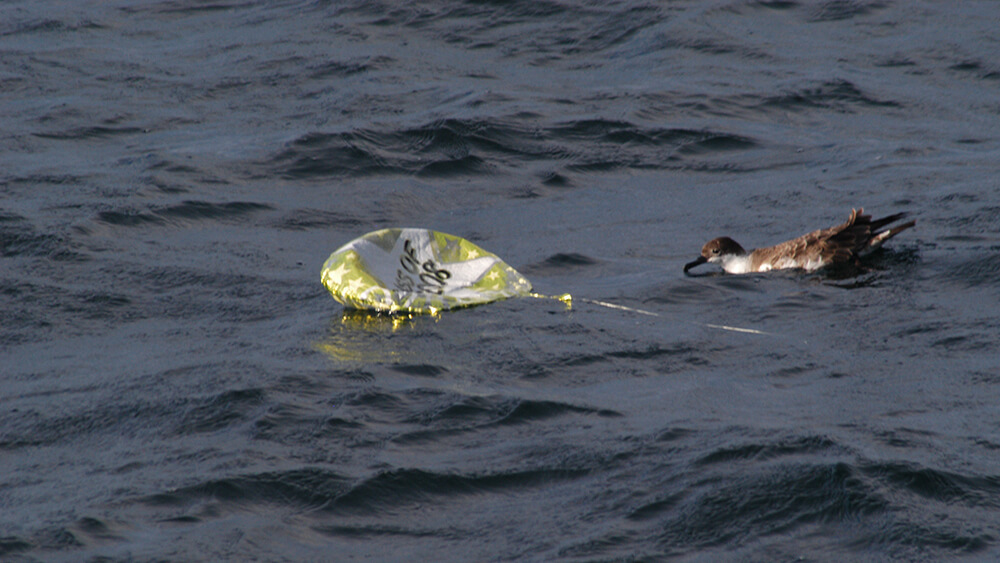Water Quality and Marine Debris

The sanctuary's location at the mouth of Massachusetts Bay allows for active water transport, resulting in a relatively unpolluted environment. Although less visible, chemicals can be a serious threat. Sanctuary scientists and partner organizations are looking at microplastics and endocrine disruptors as potentially serious threats to sanctuary marine life. Blood samples from tagged seabirds may provide clues to chemical threats in local waters, and stomach contents can reveal incidents of plastic pollution ingestion. Crew members of the sanctuary's research vessel Auk constantly retrieve partially deflated balloons from the sea's surface and other forms of marine debris.
MWRA Outfall Pipe Monitoring
When the Massachusetts Water Resources Authority's outfall pipe went operational, concerns were raised about potential effects on sanctuary water quality. In the first year, MWRA provided six sampling stations along the western side of the sanctuary, which was followed up by an expanded program supported by the sanctuary. It was determined that there were no detrimental effects on sanctuary waters. That expanded program has ended.

